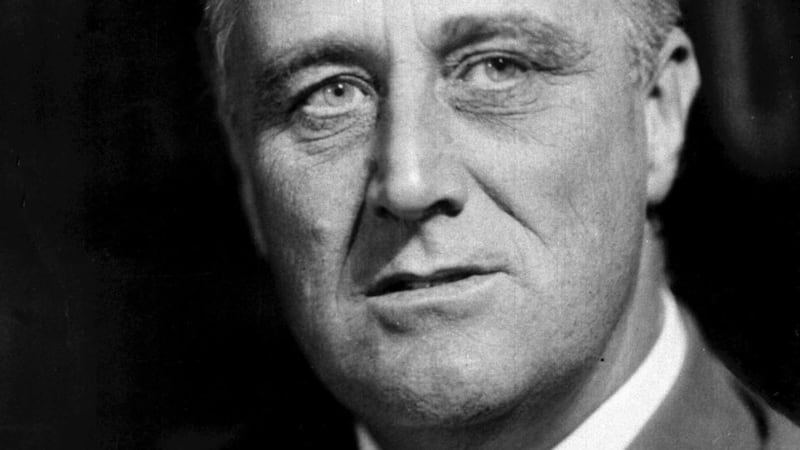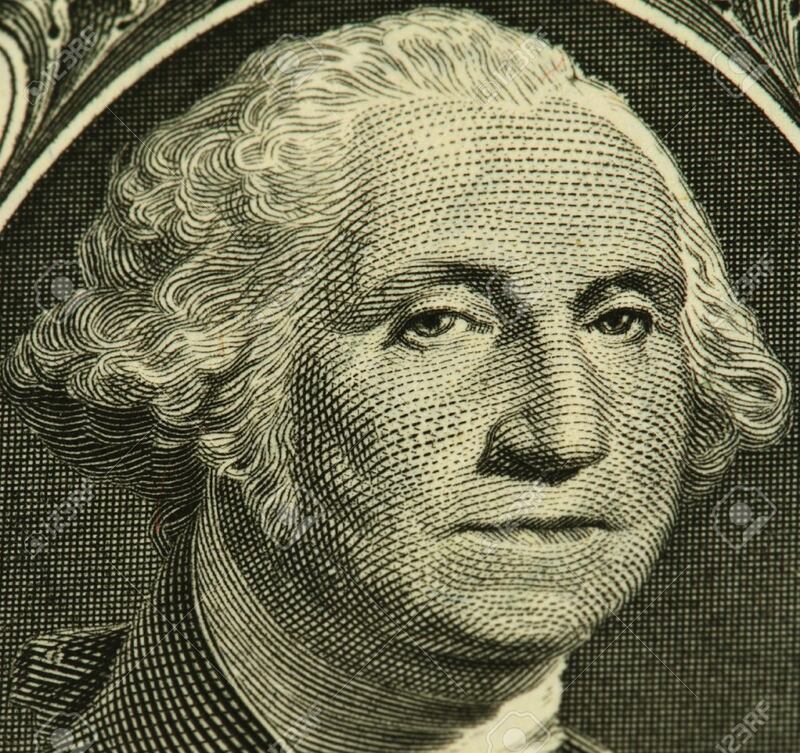Ranking US presidents, and separating the truly great and the truly bad from the rest, is a game that American historians play compulsively. It began in 1948 when Prof Arthur M Schlesinger snr, of Harvard University, asked 55 experts to rate the presidents and then published a compilation of the results. He repeated the exercise in 1962, and there have been many further polls since then – the most authoritative recent one being the C-SPAN Historians’ Survey of Presidential Leadership carried out in 2017.
The ratings at both extremities are remarkably consistent across all polls.
Abraham Lincoln, Franklin D Roosevelt and George Washington are regarded as the three greatest presidents, usually in that order. These top three were followed in the 2017 C-Span survey by Theodore Roosevelt, Dwight D Eisenhower, Harry S Truman and Thomas Jefferson, and then by John F Kennedy at number eight – with Ronald Reagan and Lyndon B Johnson completing the top ten. Woodrow Wilson and Barack Obama were at numbers 11 and 12.
At the other end of the scale, most polls agree that James Buchanan and Andrew Johnson – curiously, Lincoln’s immediate predecessor and immediate successor – were the worst presidents. Others who fare badly include Warren Harding, Calvin Coolidge, Herbert Hoover, Richard Nixon, Jimmy Carter and George W Bush in the 20th century and a quartet of long-forgotten pre-Civil War presidents – John Tyler, Zachary Taylor, Millard Fillmore and Franklin Pierce.
Two presidents – William H Harrison and James Garfield – are not normally included in the polls because neither served for a sufficiently long period, both dying in office. Nor was Donald Trump included in the 2017 C-Span survey as he had just assumed office.
Lyndon Johnson and Nixon are probably the most difficult presidents to assess because their records comprise great achievements and great disasters.
Johnson’s positive legacy in the area of civil rights legislation tips the balance in his favour, though the catastrophe of the Vietnam war weighs heavily against him.
On the other hand, Nixon’s ignominy in being the only president driven from office – because of Watergate and the cover-up that followed – overwhelms his substantial foreign and domestic policy achievements.

So what makes an American president great? He must at least be transformative, someone who changes the character of the presidency and makes a difference for the better. He should also be a skilled orator. Leadership requires inspiring rhetoric, and we remember some presidents – Jefferson, Lincoln, the two Roosevelts, Kennedy, Reagan and Obama – for their words as much as for their deeds.
One more thing is required. The needs of the time must be exceptional, and those needs and the skills of the person in office must be well matched. Washington had led the American Revolution and it fell to him to define the office of the presidency as the first incumbent. Lincoln’s greatness cannot be divorced from the ordeal of the civil war, and Franklin Roosevelt steered his country through the aftermath of the Great Depression and then through the second World War.

In historian Robert Dallek’s pithy formulation, the historic roles of Washington, Lincoln and Franklin Roosevelt were respectively to “launch, preserve and rescue the ship of state”. All three had the qualities required to respond to the extraordinary challenges which were particular to their times, but without those challenges they would not have had the opportunity for real greatness. Few presidents get that opportunity.
Conversely, many of the weakest presidents are adjudged failures precisely because they did not – or could not – rise to the challenges of their times.
Buchanan and others in the years before the civil war are examples of that. They failed to defuse the issues that led to the civil war. A more recent example is George W Bush, who bungled the response to the 9/11 tragedy and then mishandled the crisis in the US banking system.
The manifest incompetence and lack of character of the current US president make it likely that he too will be ranked among the very worst.
Ranking the US presidents may seem a pointless task, but it is a fascinating exercise which helps stimulate interest in history and reminds us not to underestimate the impact of an individual in shaping events.
It may also tell us something about our contemporary world – for, in the words of President Kennedy, spoken at Amherst College a few weeks before his assassination, “a nation reveals itself not only by the men it produces but also by the men it honours, the men it remembers”.









